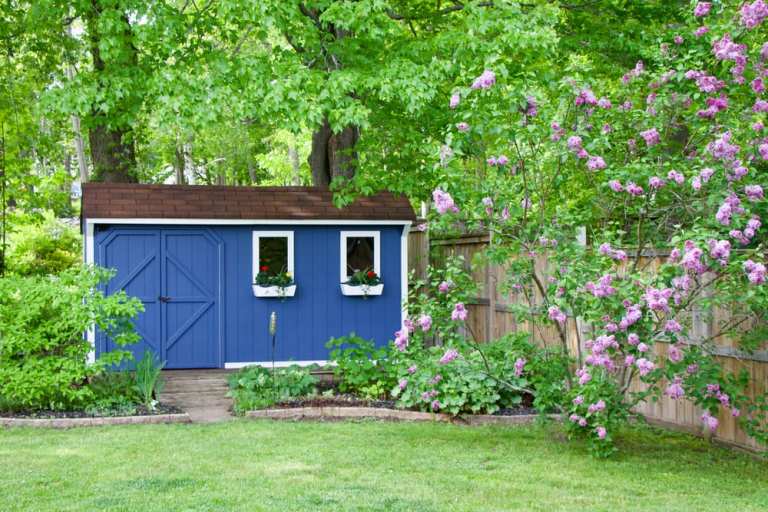Work-From-Home Trend Leads To Increase In Backyard Sheds

As the COVID-19 crisis drags on, Americans continue to explore new ways of working from home — sometimes including building sheds to add more space to their living areas.
According to a new report from USA Today, many Americans are seeking new ways to work at home without having to be in the same space they’ve been cramped in for the past six months of the pandemic. Sometimes, adding a shed is a necessity, for those who don’t have the space to set up an in-home office.
The report says Google searches for sheds started to trend upward in April, and began going up again by the middle of August as school season was set to start up. Tim Vack, the manager of Modern-Shed, said there had been a 400 percent spike in interest — a big change from the usual 50 percent rise that occurs most summers as people undertake outdoor projects, per the report.
People “are growing tired of putting their laptop on their dining room table or their kitchen countertop,” Vack said, and want a better, more permanent space to set up a work area.
The sheds that companies like Vack’s sell are “more premium” than regular metal ones from stores like The Home Depot, and can cost around $120 to $180 per square foot — a range that is still cheaper than paying a contractor and buying the materials to build a shed onto the home, the news outlet noted. Others are taking a total DIY route and just building the sheds themselves.
The workplace has undergone a massive shift due to the pandemic, and the shift looks to be more permanent than many thought back in March. In a conversation with PYMNTS, WeTransfer CEO Gordon Willoughby said the future will likely see less concentration on physical work spaces and more opportunity for employees to choose to work virtually if they please, in both urban and rural settings.
The implementation of 5G internet connection will only add to the possibilities for those things, Willoughby said.
PYMNTS also reported that the shift to digital could have unintended consequences. Even in a post-pandemic world when people can go out safely again, people staying at home to work would mean less spent on gas and other minutiae on the way from home to the office and back, and less revenue flow because of it.